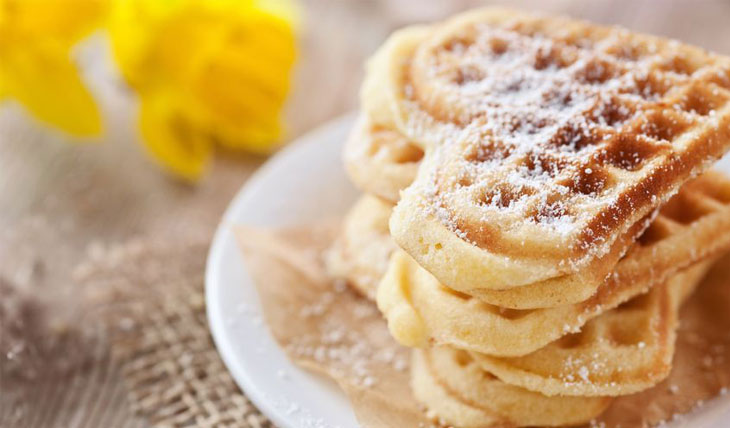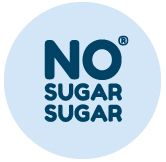Xylitol sugar / Xylitol powder

Xylitol is no longer unknown. By now, this sugar substitute, which is part of the sugar alcohols, is a well-established product. It is not only used in chewing gum, but also in toothpaste, candy and chocolate. Xylitol tastes as sweet as regular sugar, but contains 40% less calories and develops a cool, refreshing effect as soon as it dissolves.
Xylitol is a natural sweetener that can be found in corn, fruits and mushrooms and it can be formed in the human body within the sugar metabolism. The latter contributes that our body recognizes, absorbs and utilizes Xylitol. Xylitol is made from corn mostly in China or from birch coming from Finland. There is no difference in quality among the final products, but it’s rather personal preference.
The production of Xylitol sugar and Xylitol powder is a complex process, which was first discovered and performed by Emil Fischer in 1891. The production process is relatively complex. First, the raw materials, the corncobs or wood chips, are “dissolved” in water. Through hydrogenation, Xylose is made to Xylitol. Afterwards the mixture is heated, which causes the water to evaporate, resulting in a concentrate, which is then crystallized using a centrifuge. Here, the last water vanishes – after drying and sieving, our pure Xylitol is finalized. Xylitol is available in two different grain sizes – predominantly crystalline as regular sugar, or a lot finer.
Xylitol powder is mainly used in dental and oral care. Chewing gums receive a sweet and also refreshing taste that reminds of menthol, but more importantly, they are tooth-friendly. Xylitol reduces tooth decay among kids and adults, as Xylitol, in contrast to regular sugar, does not form a breeding ground for bacteria that transform sugar into acids. These acids deprive our teeth of minerals, resulting in brittle teeth, bad breath and tooth decay.
You can get Xylitol sugar at our online shop www.nosugarsugar.de available in coarse and fine grain.


